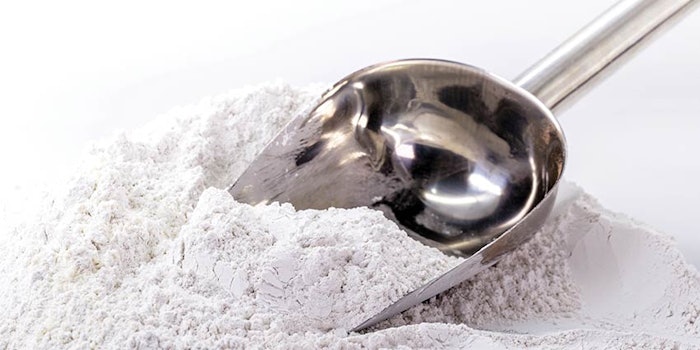
Zinc oxide (ZnO) occurs naturally as the mineral zincite, but since it is a rare element, today it mostly is produced synthetically.1, 2 Early humans are believed to have used zinc compounds as paint as well as topicals and healing ointments. For example, the Indian medical text Charaka Samhita mentions a salve for the eyes and open wounds that was probably zinc oxide—this text is thought to date from 500 B.C.1, 2 Zinc oxide ointment also was named by the Greek physician Dioscorides in the first century A.D. and one century later, the Greek physician and philosopher Galen suggested treating ulcerating cancers with zinc oxide, according to Wikipedia.1
Besides ointments, by the year 1834, as noted, zinc oxide (or zinc white) was used as a pigment in oil paintings, but it did not mix well with oil. This was reportedly solved by optimizing the synthesis of ZnO and by 1850, zinc white was manufactured throughout Europe. Its success was attributed to several advantages over the traditional white lead: it was essentially permanent in sunlight, it did not blacken in sulfur-bearing air, and it was non-toxic and more economical.1
In the 1970s, the second largest application of ZnO was photocopying. The material also can form a cement-like product that has been used in dentistry.1 Indeed, ZnO serves as an additive in everything from cosmetics, sunscreens, food supplements, rubbers, plastics, ceramics, glass and lubricants, to adhesives, sealants, pigments, batteries, first-aid tapes and more. Its semiconductive properties lend ZnO to applications in electronics and optoelectronic devices, and it appears transparent in visible light and operates in the UV to blue wavelengths.3
Structure and Skin Care Applications
ZnO is an inert compound with a white, powdery consistency that is insoluble in water but soluble in dilute acids and bases.1, 4 Finding utility in painting, ZnO is similarly relevant to cosmetics and used to whiten soaps or as a filler powder in some makeup.
The various medical properties of creams containing ZnO are due in part to the material’s elastic softness,1 which forms a barrier on skin to protect against irritants.5 This also helps to keep the skin hydrated and moisturized and imparts anti-aging effects.
Continue reading about the skin benefits of zinc oxide in the Skin Inc. digital Magazine...









